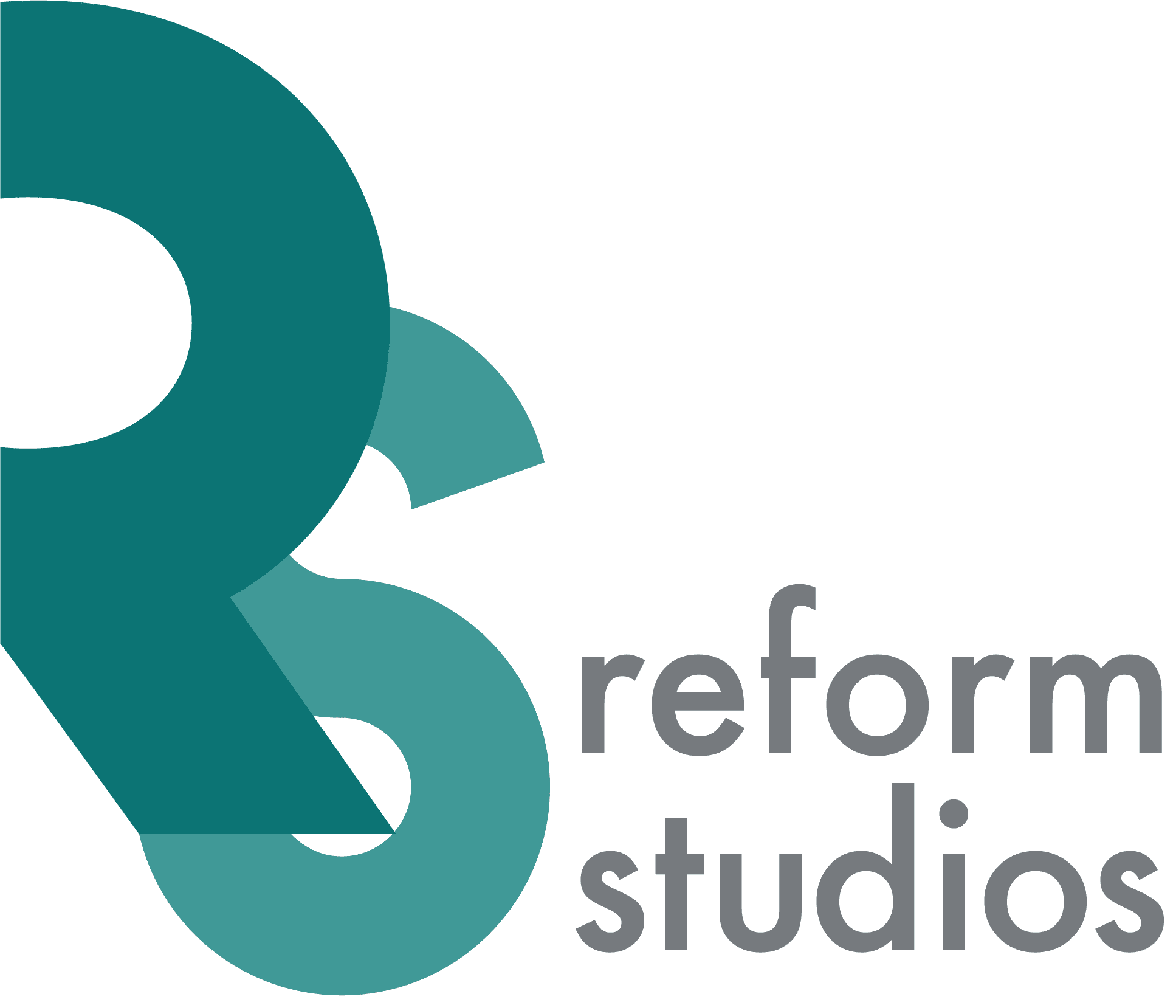
Keeping fit is beneficial at any age, but did you know that being active and exercising regularly can actually help you fight the effects of ageing? Here’s five things that exercise can do for you after 50:
1. Exercise and Cognitive Function
Exercising to keep fit can help with improving our cognitive function. This beneficial relationship between exercise and the brain is thought to be due to improved circulation. Why? Because we engage in physical activity it increases our heart rate and the oxygen levels in our brain. Taking time to exercise each day is one way to boost brain health, and reduce the risk of memory loss, dementia and cognitive decline.
2. Keeping Your Bones Strong
Keeping up with regular exercise after 50 is essential for keeping our bones healthy and strong. After the age of 40 our bone density starts to decline, and at around 50 this loss accelerates, making us more prone to fractures or bone-weakening injuries later on in life. Exercise is helpful for improving bone density, because it places physical stress on our bones. This stress then prompts our bones to build new tissue and to become denser and stronger. Weight-bearing exercises such as walking or climbing stairs that require your body to work against gravity are known to be the most effective for lowering the risk of bone fractures as we age. In addition, balance and posture-strengthening exercises are also helpful to improve coordination and reduce the risk of falls.
3. Fitness and Your Mental Health
While exercise has many physical benefits, it can also improve your mental wellbeing. This is because experts believe that exercise releases a number of “happy hormones” in the body such as serotonin and endorphins. Serotonin is a hormone that helps regulate and boost our mood, while increases in our endorphin levels helps us stay relaxed. Ensuring that we make exercise a regular habit is an excellent way to improve brain health and to keep certain mental health conditions at bay that older adults often experience such as depression or anxiety.
4. Strengthening Your Muscle
Sarcopenia, also known as age-related muscle loss, is common among older adults. This change was once an accepted fact of life, but exercise is now recommended as a key ingredient to fight off sarcopenia and slow down the loss of muscle mass that occurs as we age. In particular, strength-building and resistance exercises are especially beneficial for building important muscle mass in our later years of life.
5. Exercise and Quality of Sleep
Regular exercise is also beneficial for supporting quality sleep, a vital component of our overall general health and wellbeing. This is because the physical activity involved with keeping fit helps increase the amount of time we spend in deep sleep—our most physically restorative phase of sleep—and helps us sleep for longer periods of time. Finally, although exercise is known to improve sleep across all age groups, it is considered to be particularly significant in older adults. So, while exercise has many benefits for the mind and body, it can also help us to rack up some good quality z’s.
The good news is that you are never too old to start being physically active and keeping fit! So even if life has been a little on the sedentary side, you can still start exercising at any age. Pilates is one of the best forms of exercise for those over 50. It is a fantastic way for older adults to build and maintain their strength, as Pilates provides an excellent core body workout, and improves posture, flexibility and balance. And best of all … Pilates is loads of fun too! At Reform, the majority of our clientele are 40’s and 50’s, and many were apprehensive about starting something new. Now..they love it! Start your Pilates journey with a trusted boutique business, focused on treating you as an individual.
Share This Story, Choose Your Platform!
Related Posts
Pilates has been around for almost 100 years. And while Reformer Pilates requires a special piece of equipment, we’ve got 5 Pilates core strengthening exercises you can do in the comfort of your own home. Are you ready to level up? All you need [...]
Chronic pain is exhausting. One wrong move can trigger sudden pain or even a flare-up that lasts for weeks. And exercising with chronic pain is scary. Most individuals are nervous about aggravating their already existing issues. It’s also tough to muster up the motivation [...]



